In the United States, Disability Pride Month is marked every July. The occasion’s roots are American, but some Canadians are among people around the world who also mark July as Disability Pride Month each summer.

July was chosen because on July 26, 1990, then-U.S. president George H.W. Bush signed the Americans with Disabilities Act into law.
During Disability Pride Month, people may come across a number of symbols they previously had not encountered. These symbols are used by people with disabilities to either show people they have a disability and might need assistance or to help explain their disabilities and struggles to others.
Travis Dodd is from Chalk River, Ont., and is living with disability. He has multiple sclerosis (MS), Crohn’s disease, diabetes and migraines says he struggles to explain what it is like living with these conditions and how hard it is to ask for or receive help. He added that he wishes symbols for disabilities were more known and understood.
“I’ve tried to (explain my illness) to the point where I want to bang my head against the wall, even with the family members,” he says.
The province of Alberta has an advocate for people with disabilities: Greg A. McMeekin. He says he wants people to know how important these symbols are.
“There are many symbols used by different groups to represent disability,” says McMeekin, who is also a lawyer. “Symbols used today range from wearing mismatched socks to promote awareness of Down syndrome on World Down Syndrome Day; to bearing the disability pride flag to promote the various aspects of disability.
“I think it is important to acknowledge the value of these symbols as a way to continue raising public awareness of disability and generate dialogue to build a deeper empathy, understanding and ultimately action to create an optimally accessible and inclusive society.”
Dodd says he has created symbols for himself and his disabilities that are very meaningful to him.
He also has a number of symbols tattooed on his body.
One is a tattoo of hummingbirds on his chest.
When he became sick, Dodd chose to spend plenty of time outside. While he did this, he would admire the hummingbirds in his yard. Over time, the hummingbirds were no longer scared of Dodd and would come and fly around him. He says the hummingbirds remind him of the good things in life and help him forget about his pain.
Dodd also has a voodoo doll tattoo that shows where he struggles with pain and is coloured orange to represent his MS.
“The voodoo doll is raising a white flag because whoever (is) sticking those pins in me may as well just surrender now, because I’m not done yet,” he says.
Dodd also has a tattoo with a quote from the TV series Deadwood on his ribs.
“Pain or damage don’t end the world. Or despair, or f***ing beatings,” the quote reads. “The world ends when you’re dead. Until then, you got more punishment in store. Stand it like a man … And give some back.”
He says that this quote reminds him that no matter what the world throws at him, he can take it.
The following is a look at a few common symbols people may encounter during Disability Pride Month.
The flag of overcoming

Get weekly health news
The flag of overcoming is also known as the disability flag or the flag of the rights of persons with disabilities.
Eros Recio, a Spanish dancer, designed the flag in 2017 and it was later presented to the United Nations.
The gold, silver and bronze colours of the flag are meant to represent the three medals in the Olympic and Paralympic Games.

Recio also designed the flag so that its colours would represent different kinds of disabilities: physical, mental and sensory. No colour is more important than the other and no colour represents any specific group of disabilities. Instead, the colours represent all disabilities as a whole.
The flag is intended to represent the ability of people with disabilities to overcome obstacles rather than the competitive nature of the Olympics.
Disability pride flag
The disability pride flag was originally designed in 2019 by Ann Magill. The flag originally had a zigzag pattern with vibrant colours.

Magill redesigned the flag in 2021 with more muted colours and no zigzag in order to avoid triggering people’s visual disabilities.
Each colour on the flag represents a different type of disability.

Green represents sensory disabilities such as parosmia, low vision, blindness, deafness, etc.
Blue represents psychiatric disabilities such as anxiety, borderline personality disorder, schizophrenia and obsessive-compulsive disorder (OCD).
White represents non-visible or undiagnosed disabilities such as chronic fatigue, chronic pain, postural orthostatic tachycardia syndrome (POTS), MS, Ehlers-Danlos syndrome and fibromyalgia.
Gold/yellow represents cognitive and intellectual disabilities such as autism spectrum disorder, brain injuries, Alzheimer’s disease, attention-deficit/hyperactivity disorder (ADHD) and fetal alcohol spectrum disorders (FASD).
Red represents physical disabilities such as cerebral palsy, epilepsy, stroke, arthritis and spinal cord injuries.
Black represents mourning for ableist violence and abuse victims as well as people who have died because of negligence, suicide, rebellion, illness and eugenics.
The parallel stripes are meant to represent intercommunal solidarity.
The line is diagonal to represent how disabled people can “cut across” the walls and barriers they face from everyday society.
Dodd says disability pride isn’t really about being proud that a person is disabled or even being proud of your disability. He says it is about being “prideful for the things I can still accomplish on good stretches.”
Sunflower
The sunflower is a symbol people with invisible disabilities wear to show others that they have a disability and may have struggles or need assistance. Most people who use it wear a lanyard bearing the symbol.
Dodd says the use of this lanyard could change how people view others.
“(It) would help shed light towards people who (look like they) lead a normal life,” he says.
The sunflower symbol was designed for people with invisible illnesses because those individuals often are not seen as disabled at first glance.
The sunflower symbol emerged from the Hidden Disabilities network. In 2016, London’s Gatwick Airport reached out to the network and asked if it had a way to show airport personnel who had a hidden disability so they could better help them.
Since then, over 200 airports and over 40,000 different places, ranging from small businesses to large corporations, have recognized the invisible disability sunflower as a symbol of invisible disabilities.
The sunflower was chosen due to the vibrancy of its colour so it is easy to identify from a distance.
But the sunflower is also a discreet symbol.
“We decided on the sunflower as a symbol, because for me it kind of suggested strength and independence, and a bit of happiness really,” says Paul White, the CEO of Hidden Disabilities.
The sunflower lanyard is aimed at triggering a person to offer help.
“(It gives) the general public or businesses the ability just to offer that person some time, to make some patience, some understanding and some kindness,” White says.
Hidden Disabilities has a goal to have the sunflower become recognized worldwide as a symbol of invisible disability.
“It just gives somebody a voice. It gives you the ability to make the invisible visible,” White says.
The sunflower was recently recognized at the Special Olympics World Games Berlin 2023 and will be used at the 2023 FIFA Women’s World Cup.
“(The sunflower) really has got the opportunity of doing some real good for society,” White says.
Dodd says he believes the sunflower symbol “definitely needs to come more to the forefront.”
Spoon theory
Spoon theory is a way for people with chronic illnesses or disabilities to explain their energy levels.
Dodd says before using the spoon theory, he used discussions about drinking alcohol as a way to explain his illness to his friends and family.
“(I asked), ‘How do you feel after you’ve had eight to 12 beers on an empty stomach on a Friday night?’ And they’re like, ‘I would feel really, really dizzy, drunk and sh***y.’ And I went, ‘Yeah, so do that. And then that’s what I go through pretty much every day.'”
Christine Miserandino, who has Lupus, created the spoon theory to explain to her friends what it’s like to live with the disease.
She says she sat her friend down and gave her 12 spoons. She asked her friend to name tasks that she does every day.
As she mentioned them, Miserandino took away spoons for each task – representing the energy each task takes.
Miserandino explained that healthy people get more spoons on average than a person with a disability due to chronic fatigue and pain.
People with disabilities need to conserve their spoons for tasks that need to be done – like eating or showering. And lots of things affect the amount of spoons a person has. Skipping a meal — lose a spoon, lack of sleep – lose a spoon, pain flare-up – lose a spoon, the list goes on and on.
Due to this theory, many people with chronic illnesses consider themselves “spoonies.”
Spoonies have a different amount of spoons every day due to the fluctuation of their symptoms.
Every task they do affects their spoons, and once a person has used all their spoons, they have to rest and reset to gain back those spoons.

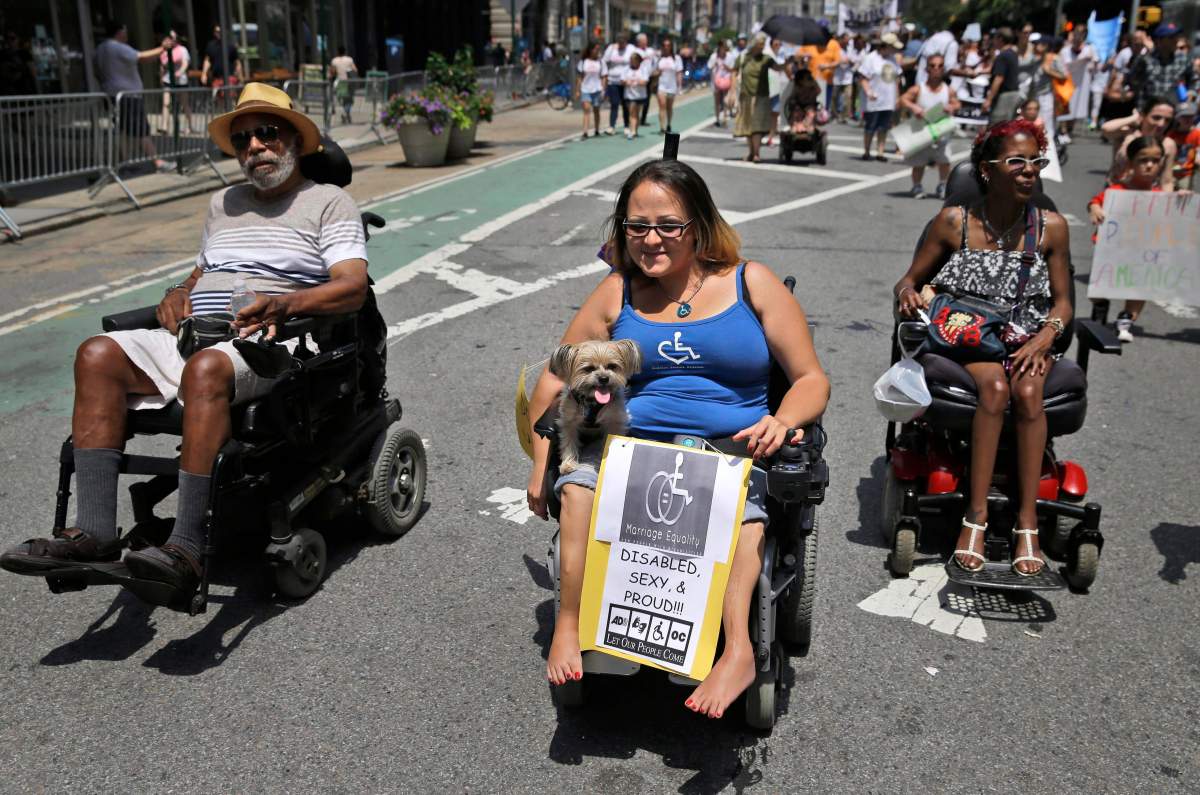








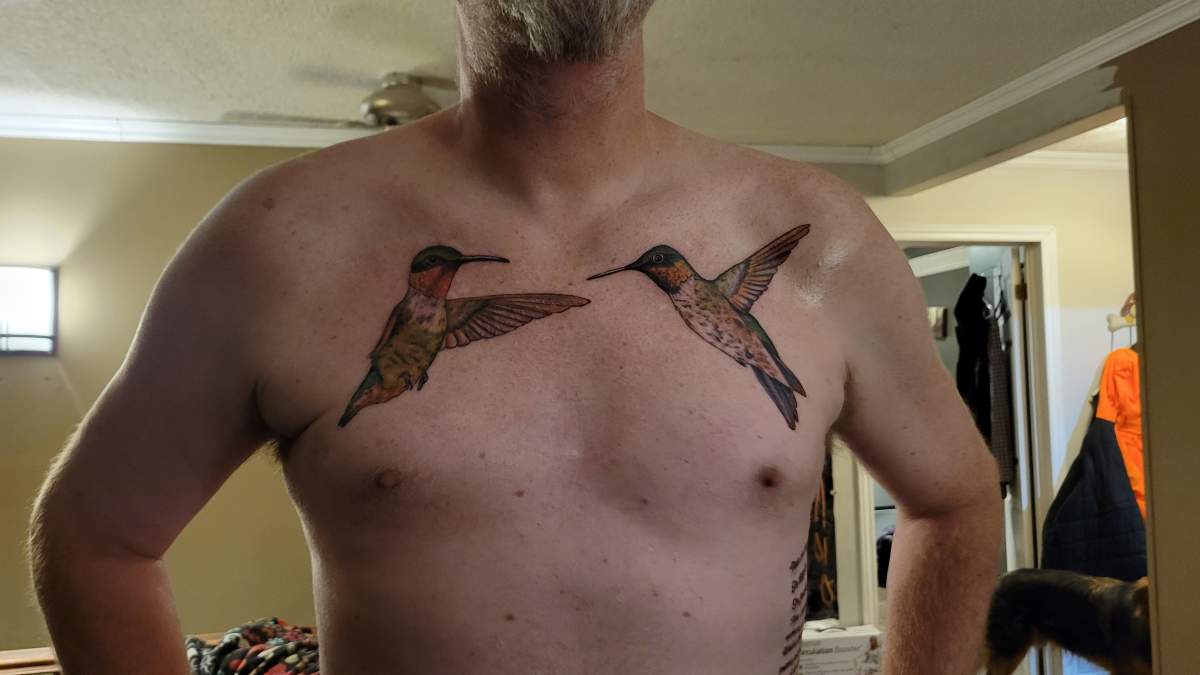





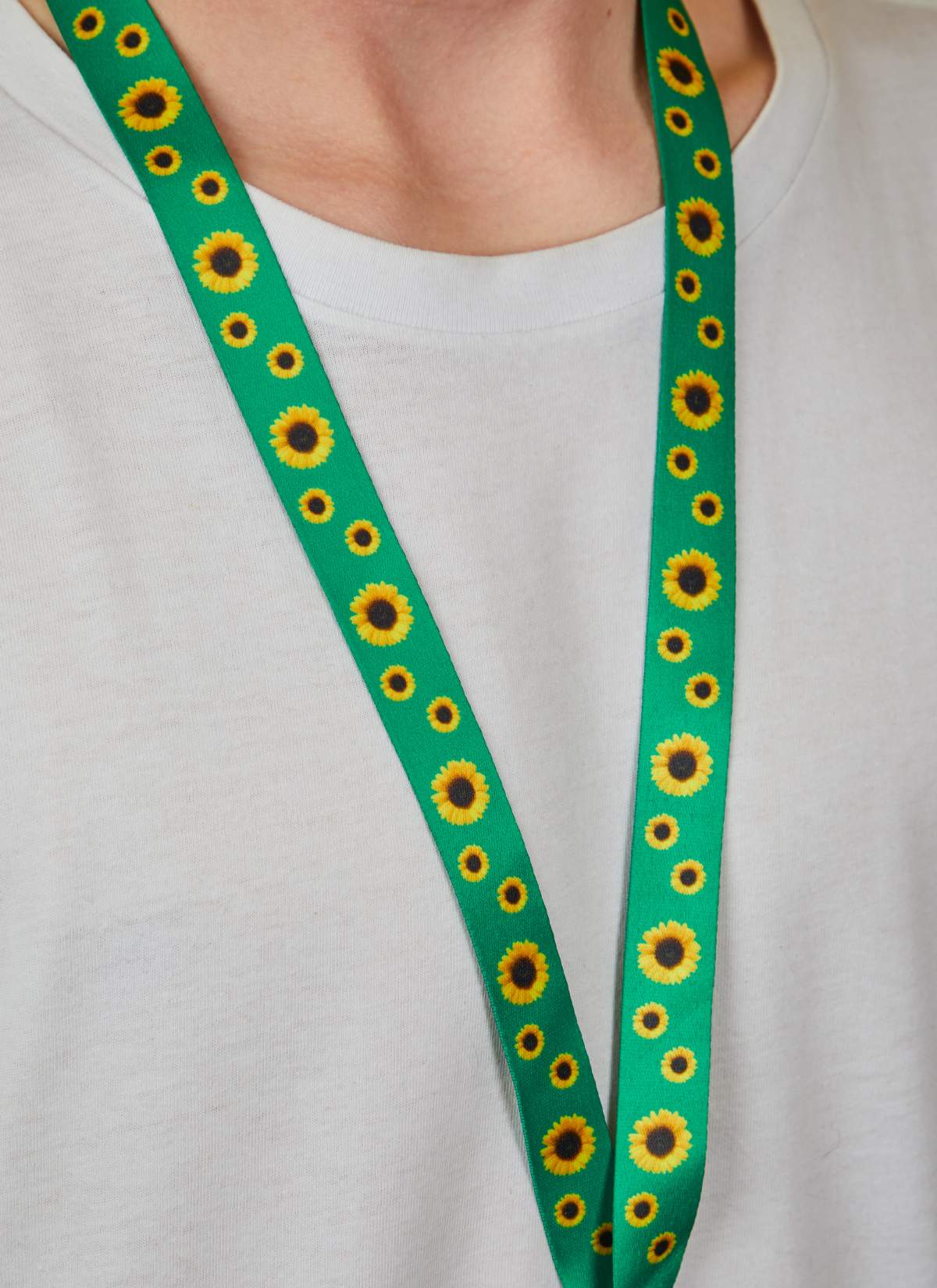


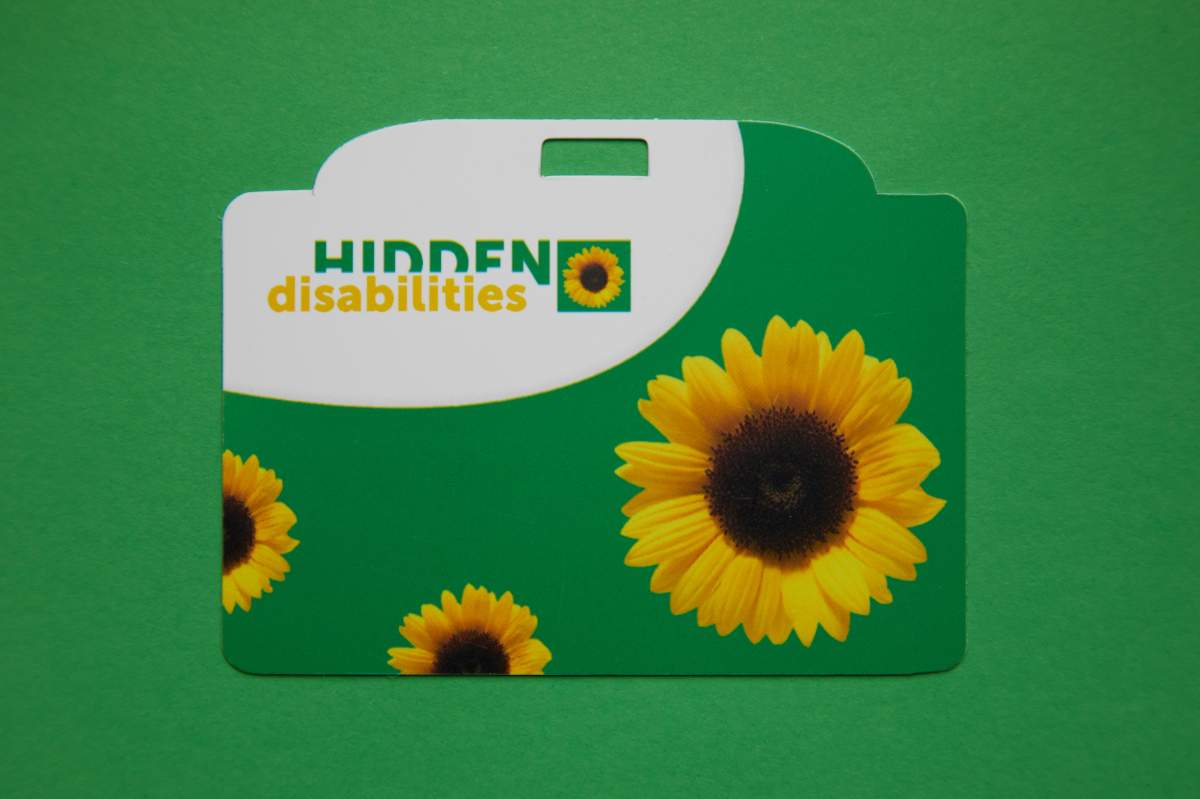

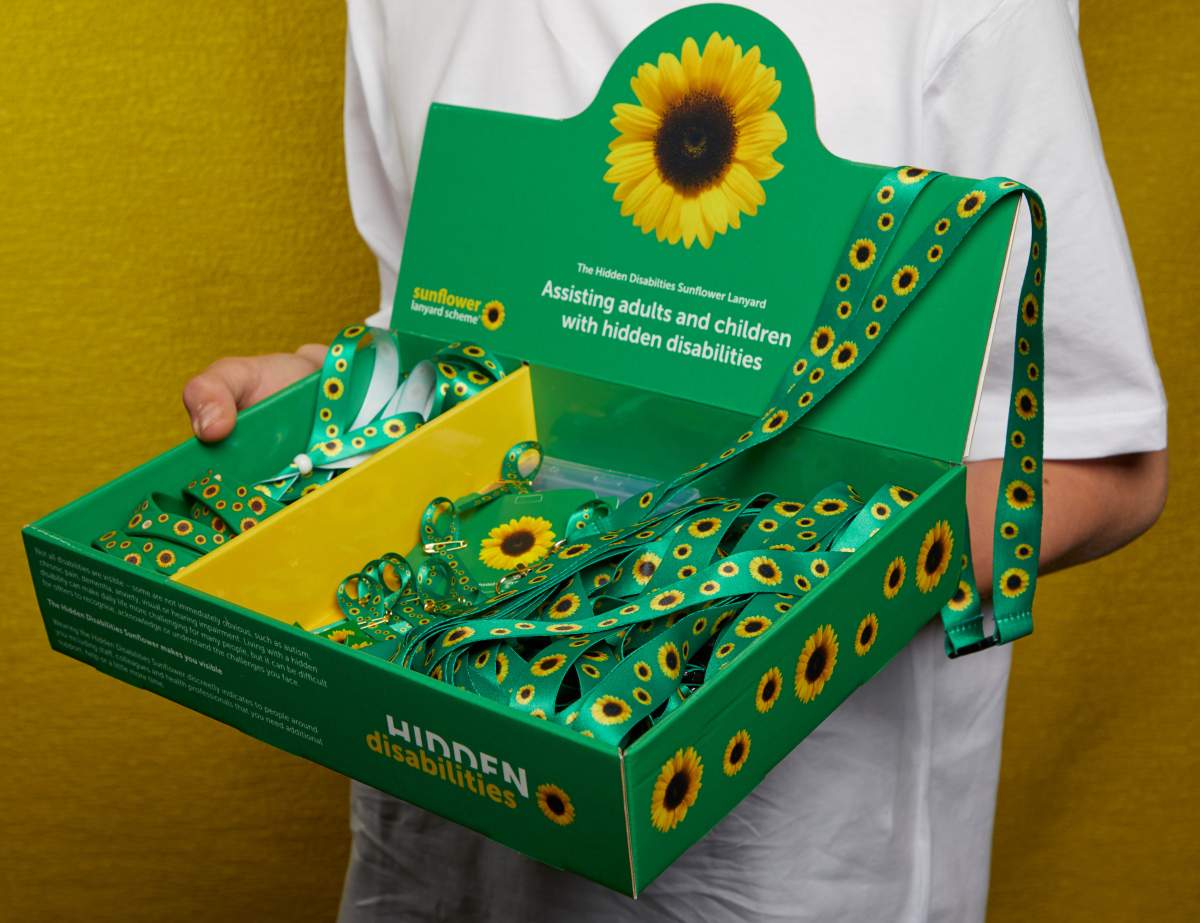

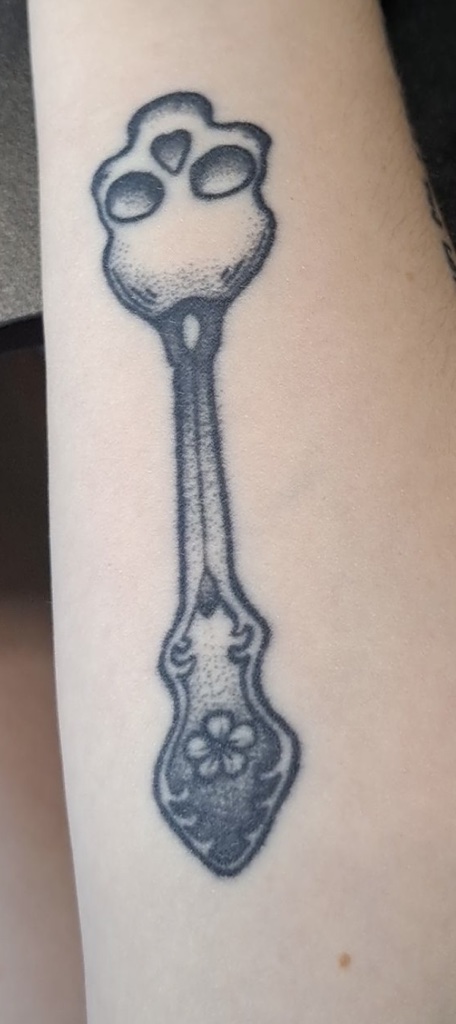
Comments